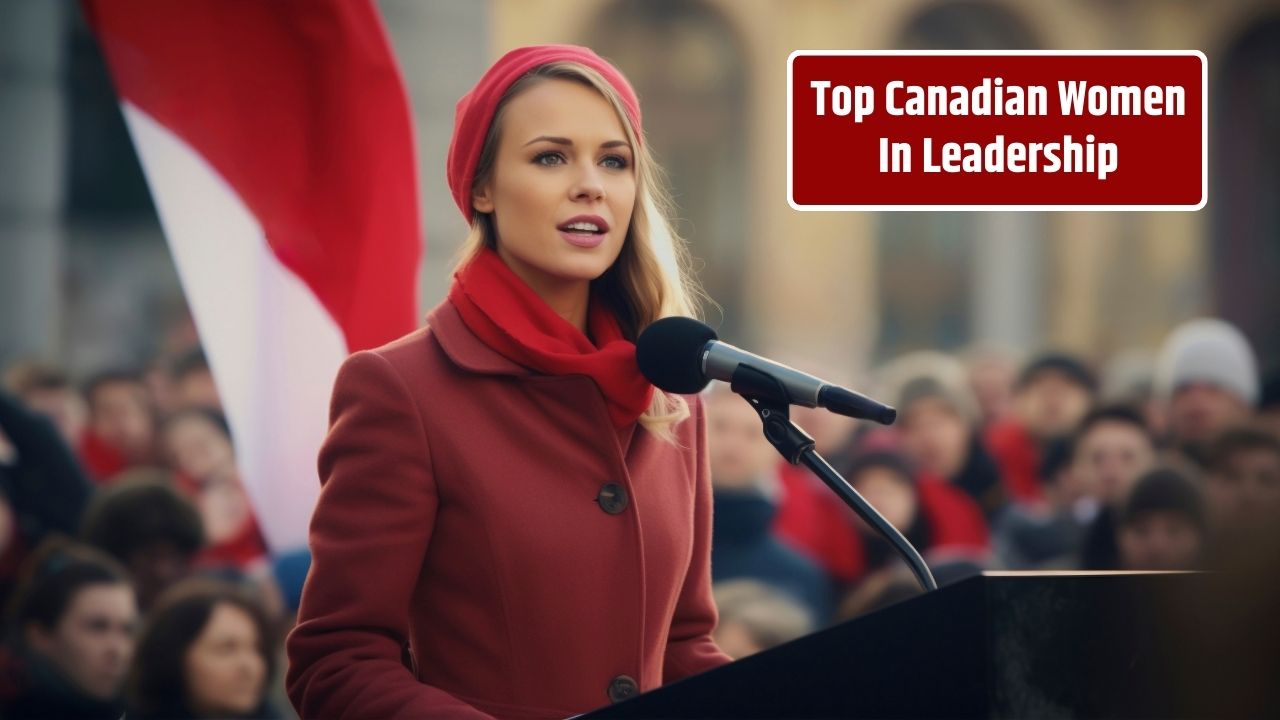When you look at Canada’s history, it’s impossible to ignore the women who fought, led, and carved out paths that shifted the country forever. Many of them weren’t given the spotlight in textbooks, but their work—whether in politics, activism, law, or social reform—reshaped Canada’s identity and opened doors for generations that followed. Here’s a look at ten women leaders whose influence left a permanent mark on Canadian history.
1. Nellie McClung (1873–1951)
One of the “Famous Five,” McClung was a driving force behind women’s suffrage in Manitoba, which became the first province to grant women the right to vote in 1916. Her activism also contributed to the 1929 Persons Case, which legally recognized women as “persons” under Canadian law.
2. Emily Murphy (1868–1933)
Canada’s first female magistrate, Murphy was also part of the Famous Five. Her fight in the Persons Case before the Judicial Committee of the Privy Council in Britain changed the trajectory of women in law and politics.
3. Agnes Macphail (1890–1954)
In 1921, Macphail became the first woman elected to the House of Commons. She championed prison reform, workers’ rights, and international peace, proving that women’s voices belonged at the highest political tables.
4. Viola Desmond (1914–1965)
Often called “Canada’s Rosa Parks,” Desmond challenged racial segregation in Nova Scotia in 1946 when she refused to leave a whites-only section of a movie theatre. Her courage became a spark for Canada’s civil rights movement, and in 2018, she became the first Canadian woman featured on a regularly circulating banknote ($10 bill).
5. Rosemary Brown (1930–2003)
Brown was the first Black woman elected to a Canadian provincial legislature (British Columbia, 1972). She fought for gender and racial equality, tirelessly advocating for accessible housing, employment equity, and human rights.
6. Kim Campbell (1947– )
In 1993, Campbell made history as Canada’s first—and so far only—female Prime Minister. Though her time in office was brief, her election represented a milestone in Canadian politics and remains a symbol of possibility for women in leadership.
7. Buffy Sainte-Marie (1941– )
An Indigenous activist, educator, and award-winning musician, Sainte-Marie used her platform to advocate for Indigenous rights and education. Her leadership in promoting Indigenous culture and fighting systemic discrimination helped transform Canadian conversations about reconciliation.
8. Jeanne Sauvé (1922–1993)
Sauvé broke barriers as Canada’s first female Governor General (1984–1990). Her leadership at Rideau Hall symbolized the growing recognition of women in positions of national authority.
9. Mary Two-Axe Earley (1911–1996)
A Mohawk activist from Kahnawà:ke, she spent decades fighting the sexist provisions of the Indian Act that stripped Indigenous women of their status if they married non-Indigenous men. Her advocacy helped lead to Bill C-31 in 1985, restoring rights to thousands of women and their children.
10. Adrienne Clarkson (1939– )
A refugee from Hong Kong who arrived in Canada as a child, Clarkson became a journalist, diplomat, and eventually the country’s first visible minority Governor General (1999–2005). Her journey embodied diversity and inclusion at the highest level of Canadian leadership.
Snapshot: Women Leaders Who Shaped Canada
| Leader | Contribution |
|---|---|
| Nellie McClung | Women’s suffrage, Persons Case |
| Emily Murphy | First female magistrate, legal reform |
| Agnes Macphail | First woman in House of Commons |
| Viola Desmond | Civil rights pioneer |
| Rosemary Brown | First Black woman MLA, equality advocate |
| Kim Campbell | First female Prime Minister |
| Buffy Sainte-Marie | Indigenous rights and cultural leadership |
| Jeanne Sauvé | First female Governor General |
| Mary Two-Axe Earley | Indigenous women’s rights reform |
| Adrienne Clarkson | First visible minority Governor General |
These women weren’t just leaders in their own right—they cracked ceilings, challenged laws, and reshaped the fabric of Canadian society. Their legacies still echo in today’s movements for equality, justice, and representation.
FAQs
Who were the Famous Five in Canadian history?
They were Nellie McClung, Emily Murphy, Henrietta Muir Edwards, Louise McKinney, and Irene Parlby—women who fought for women’s legal recognition as “persons” in 1929.
Why is Viola Desmond on the Canadian $10 bill?
She’s honored for her role in challenging racial segregation in Nova Scotia and sparking Canada’s civil rights movement.
Who was Canada’s first female Prime Minister?
Kim Campbell, who served briefly in 1993.




